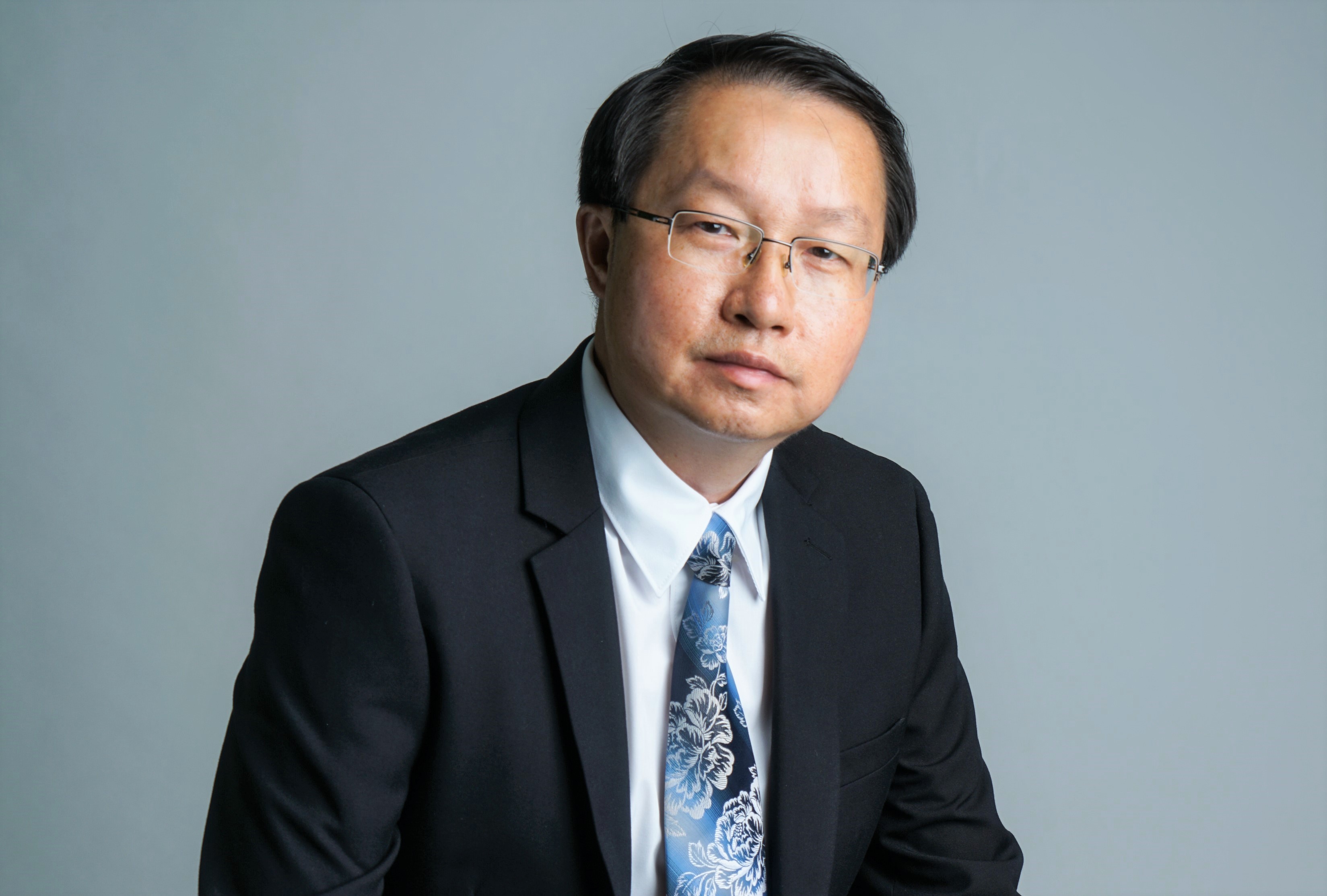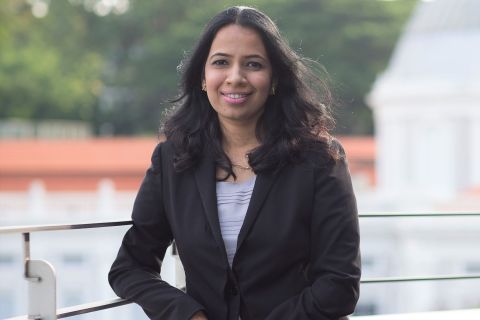
By Grace Segran
SMU Office of Research and Tech Transfer – Professor Tan Ah Hwee’s philosophy is that publication is, by and large, merely a side result of a person’s research and should never be the primary aim. “The overemphasis on publications, as in many academic organisations, has made it virtually the primary goal of research. I believe research cannot be just about papers. That’s why I always try to implement the theories and produce demonstrable prototypes.”
The SMU Professor of Information Systems is known internationally for his work on the research and development of Adaptive Resonance Theory (ART) models and algorithms for machine learning, multimodal information mining, and high-level cognition modeling.
Professor Tan’s demonstrable prototypes and systems are wide-ranging and include the Intelligent Fax Router (IFR) for automatic fax document analysis and routing; Flexible Organiser for Competitive Intelligence (FOCI) for personalized web content search, organisation, and management; Computer Generated Forces (iCGF) in computer simulations for commander and pilot training; MyLife for capturing, organising and playback of a person’s memories in images and video; and assistive software agents for supporting aging in place.
Adaptive Resonance Theory
At the core of Professor Tan’s work is the Adaptive Resonance Theory (ART). So, how does one explain ART to the man in the street?
The ART, says Professor Tan, is a neural and cognitive theory developed to explain how human beings and animals learn to recognise patterns in a real-time environment. “In short, it's a theory to explain how a person learns. The underlying rationale is that we want a computer to imitate how a person will learn and recognise objects in the real world.”
One key issue that the ART addresses is the plasticity and stability dilemma. “It is about how we learn new patterns quickly and yet retain our previously learned knowledge in response to a continuous incoming stream of sensory inputs,” he says. “We have built mathematical models and implemented them as computer programs for simulating a wide range of cognitive functions, including pattern recognition, association, learning, memory, reasoning, and self-awareness based on the ART.”
FALCON is a specific instance of neural model based on the ART and designed for reinforcement learning. It simulates how an autonomous entity learns to operate in a sense-act-learn cycle through reinforcement signals received from its environment. Professor Tan tells the Office of Research and Tech Transfer that the model has been fully implemented and applied to several applications and benchmark problems, such as minefield navigation simulation, non-player characters (NPC) modelling in the videogame Unreal Tournament and simulation of intelligent Computer Generated Forces (iCGF).
Text mining techniques
Text mining is the process of converting unstructured text data into meaningful and actionable information. It uses different AI technologies to automatically process all the data and generate valuable insights, helping companies make data-driven decisions.
“Essentially, we want to be able to organise and analyse text-based data in an automatic manner,” says Professor Tan. “Information is power. Hence the ability to access and use information holds the key to success in many strategic domains.”
A large proportion of information today is in free-form text (just like this document). This reality became the motivation for Professor Tan’s research on internet content mining, document categorisation and clustering, personalization, and knowledge discovery from text.
While he was working at Singapore’s A*Star Institute for Infocomm Research (I2R), Professor Tan was tasked to lead the text mining group and became one of the scientists who started pioneering work on text mining technologies early in the 90s. “During that time, we developed several text mining technologies for document classification, analysis, and management, which were packaged into a suite of knowledge management software.” It was subsequently licensed to several companies through A*Star’s tech transfer arm known as Exploit Technology.
Silver tech
Silver tech is the new buzzword in tech circles. It defines the wave of innovation across apps and tech-based services for the ageing demographic.
In doing their part to address the aging issue, Professor Tan and his team on a previous project developed a suite of assistive agents, including a butler for managing daily living and safety matters, and a virtual nurse for providing medical and health-related advice.
They developed an integrated agent model based on fusion ART. The Silver Assistants are able to perform a myriad of cognitive functions including recognition, prediction, and learning, in response to a continual stream of multi-modal input signals received from the user. “The Silver Assistants make decisions not only based on situational factors perceived from the environment but also the user’s mental states characterised by his/her autobiographic memory, desire, and intention,” says Professor Tan. “By modelling the internal states explicitly, the Silver Assistants can be more spontaneous and able to interact and learn in real time.”
They are collectively aimed at supporting the elderly population to help them remain active and safe, while living independently in their own home. The concept is called ‘Ageing in place'. Says Professor Tan: “These technologies have been developed into various demonstrable prototypes and transferred to the UBC-NTU Research Centre for Excellence for Active Living (LILY).”
Current projects
Professor Tan has started a project, funded by the SMU internal research grant, on cognitive information systems. “I would like to bring in cognitive technologies that I have been working on to build the next generation of information systems. They will help us to manage information in a more efficient and human-like manner. The system is ‘active’ in the sense that it will be able to automatically identify relevant information and ways to analyse them, and also the kind of information to present to the users.”
He also has a new project funded by an RIE2020 AME Programmatic Grant, where a team of researchers from IHPC, SUTD, NTU, and SMU come together to develop technologies for extracting, modelling, and integrating various types of knowledge for advanced manufacturing domain.
Back to Research@SMU May 2020 Issue
See More News
Want to see more of SMU Research?
Sign up for Research@SMU e-newslettter to know more about our research and research-related events!
If you would like to remove yourself from all our mailing list, please visit https://eservices.smu.edu.sg/internet/DNC/Default.aspx

